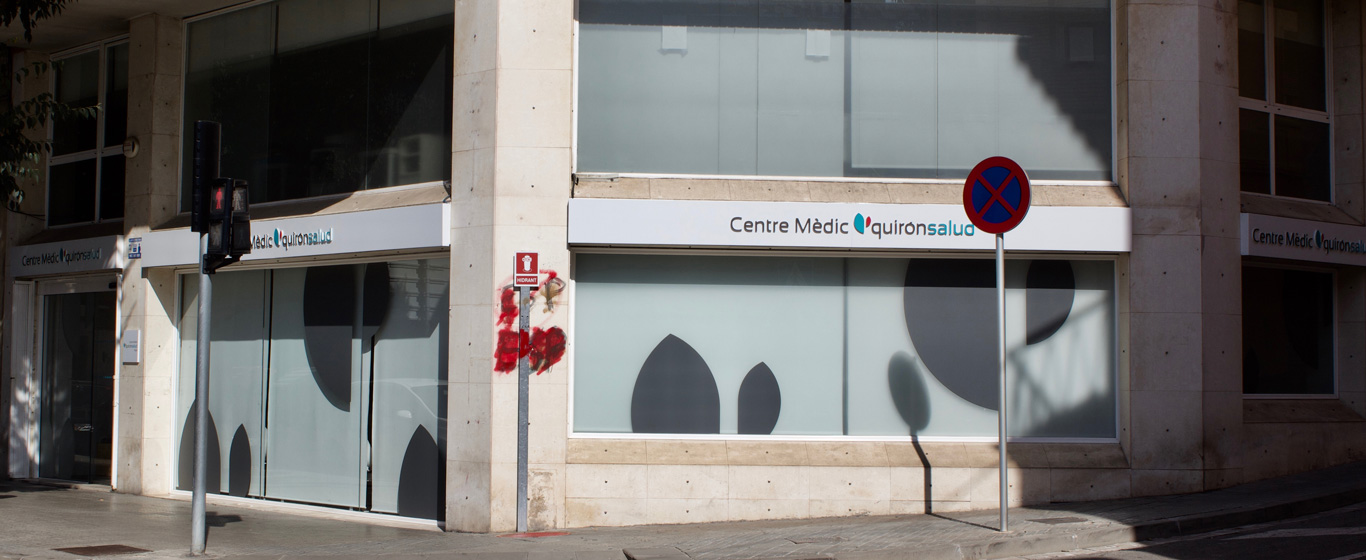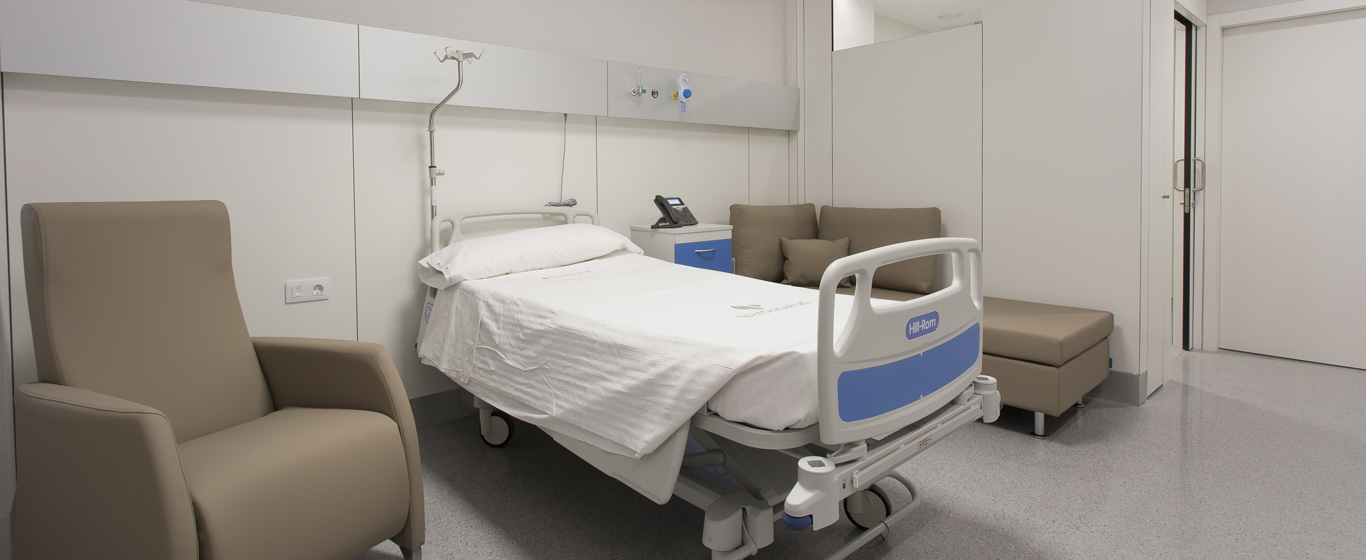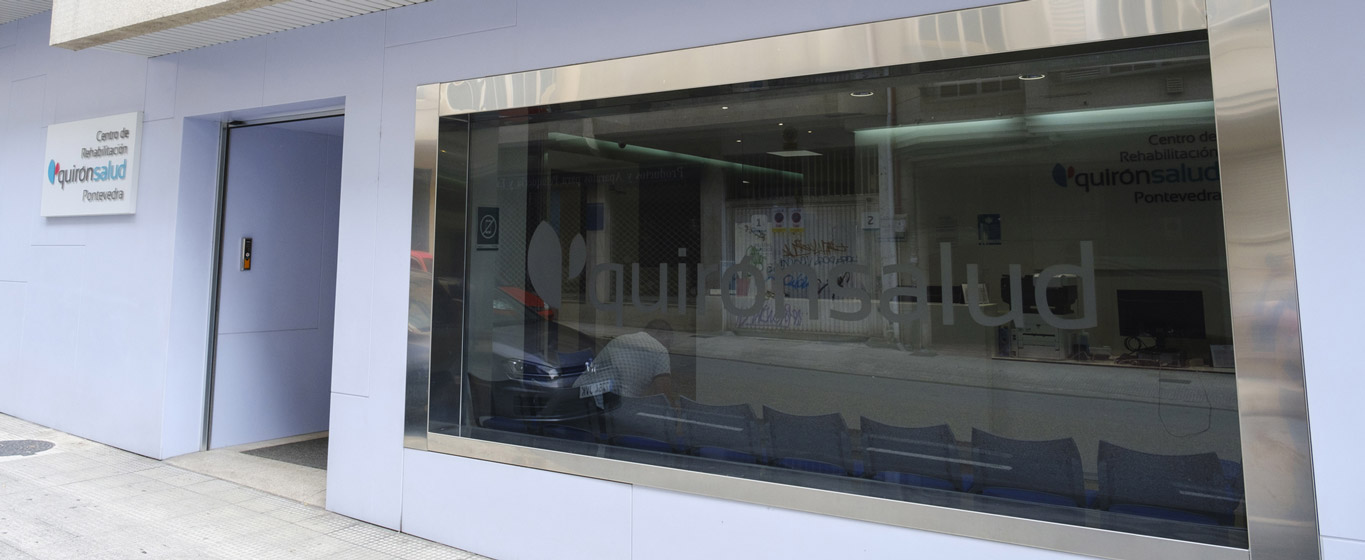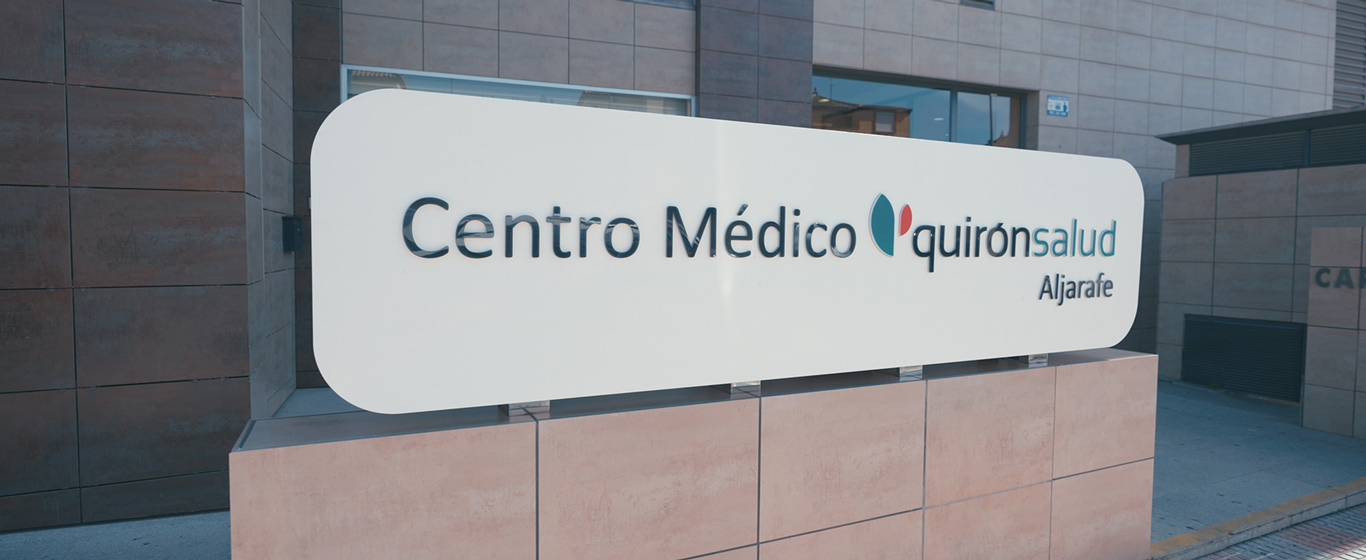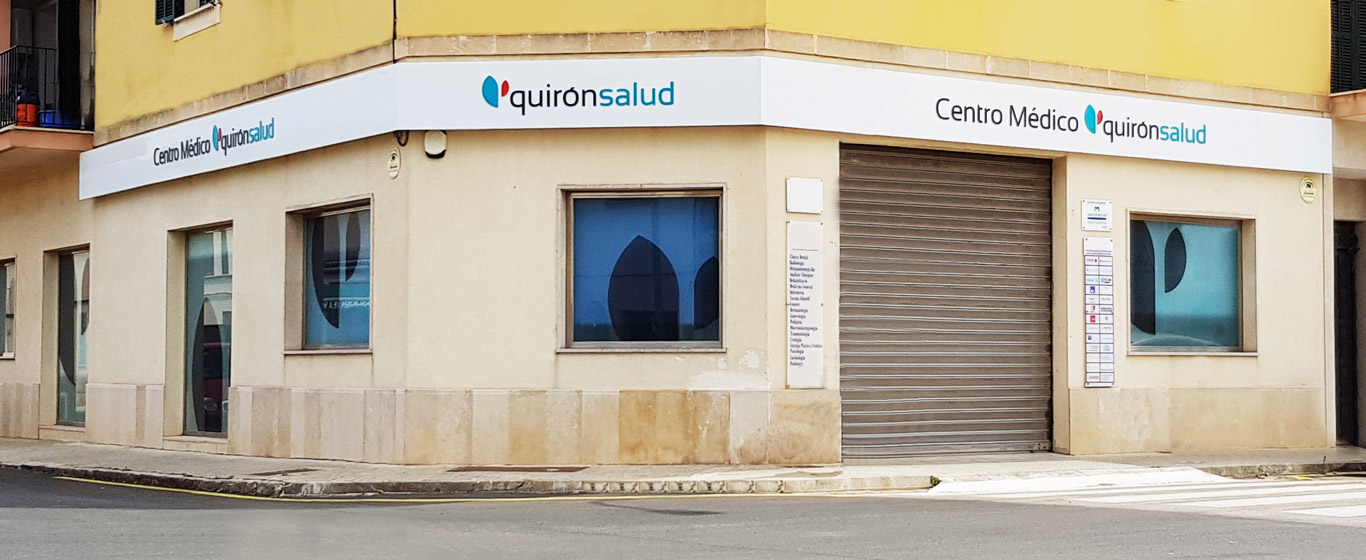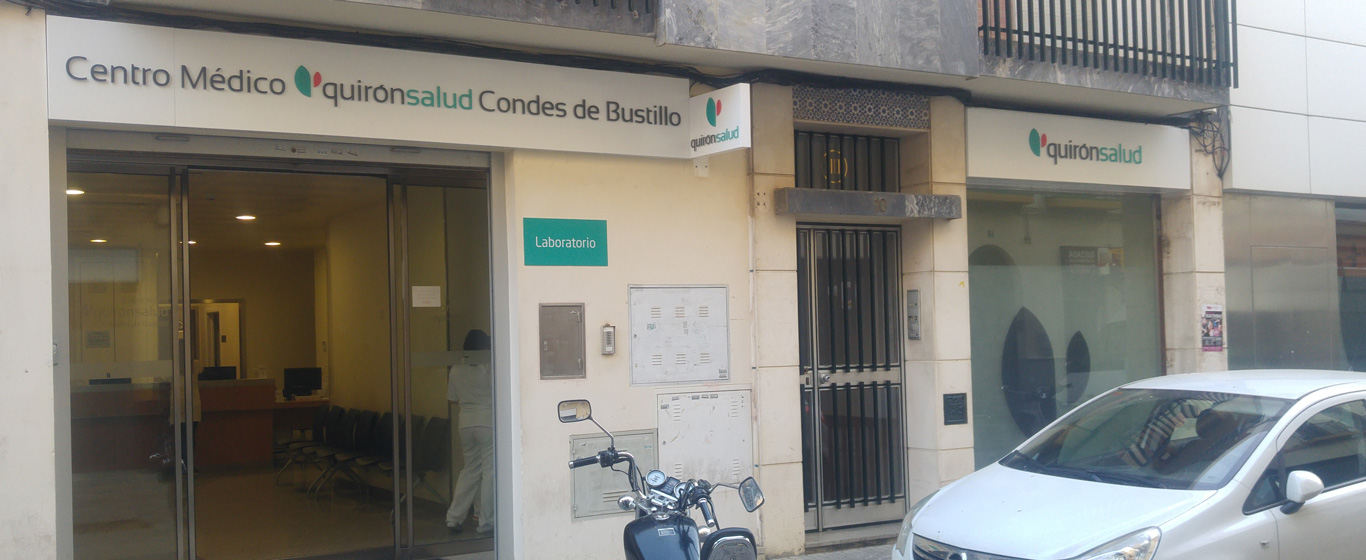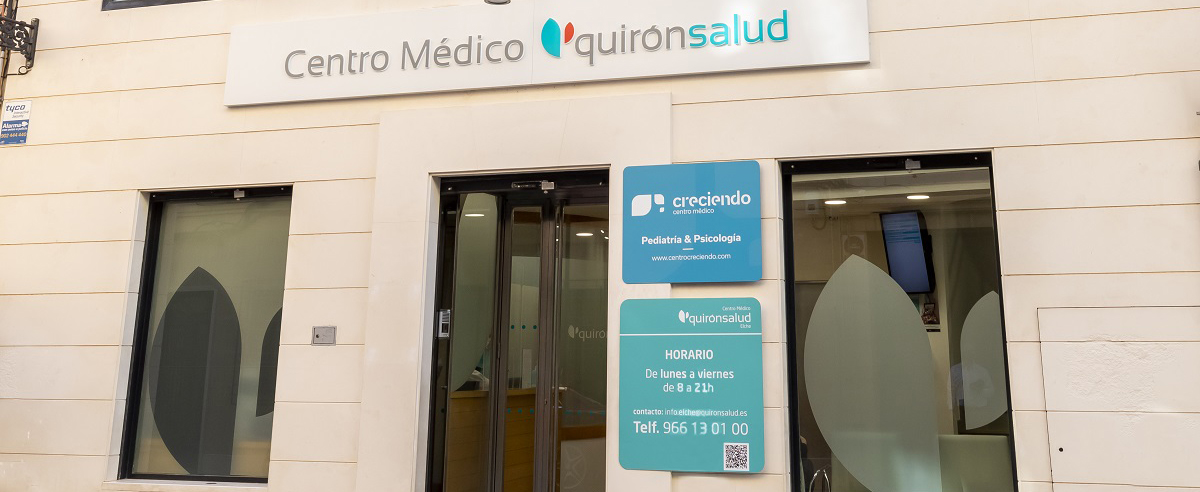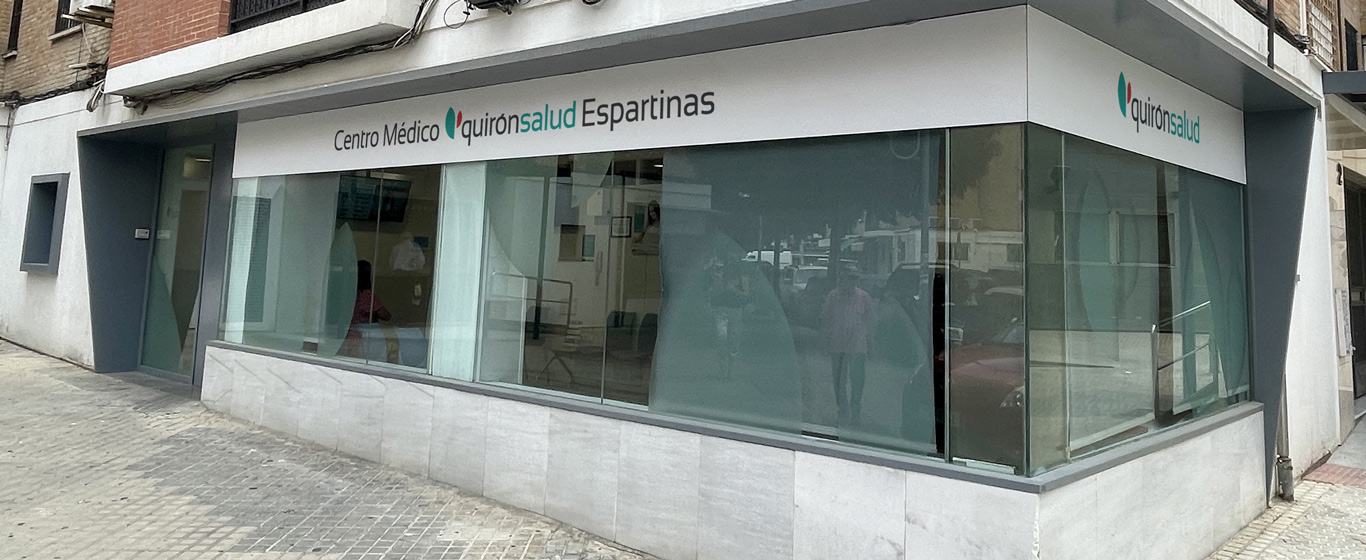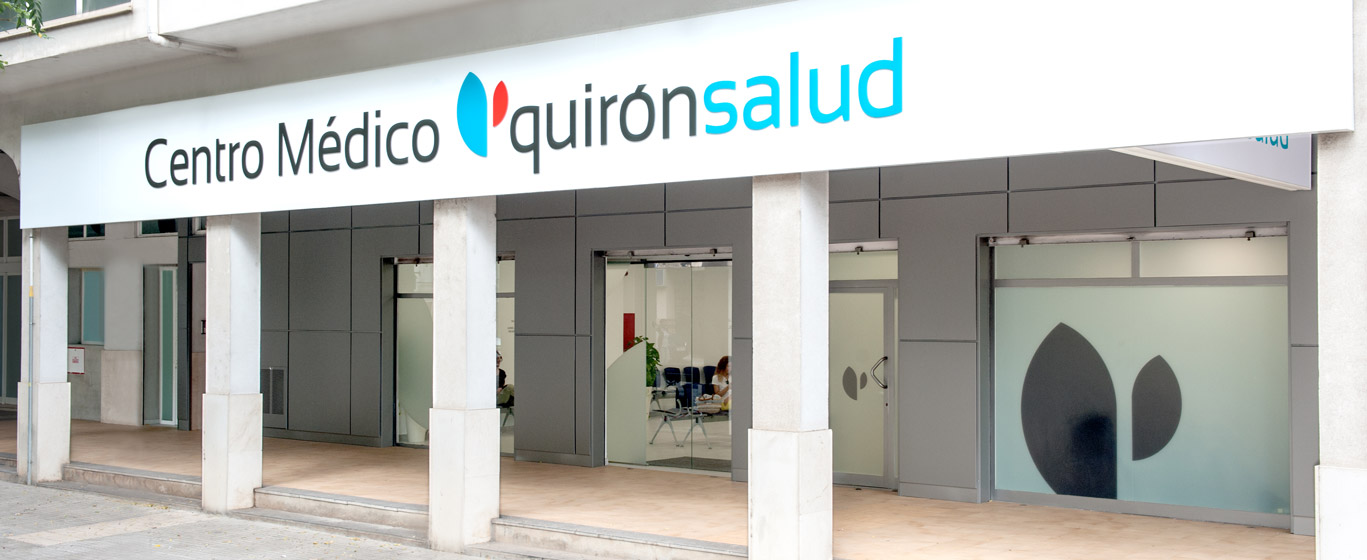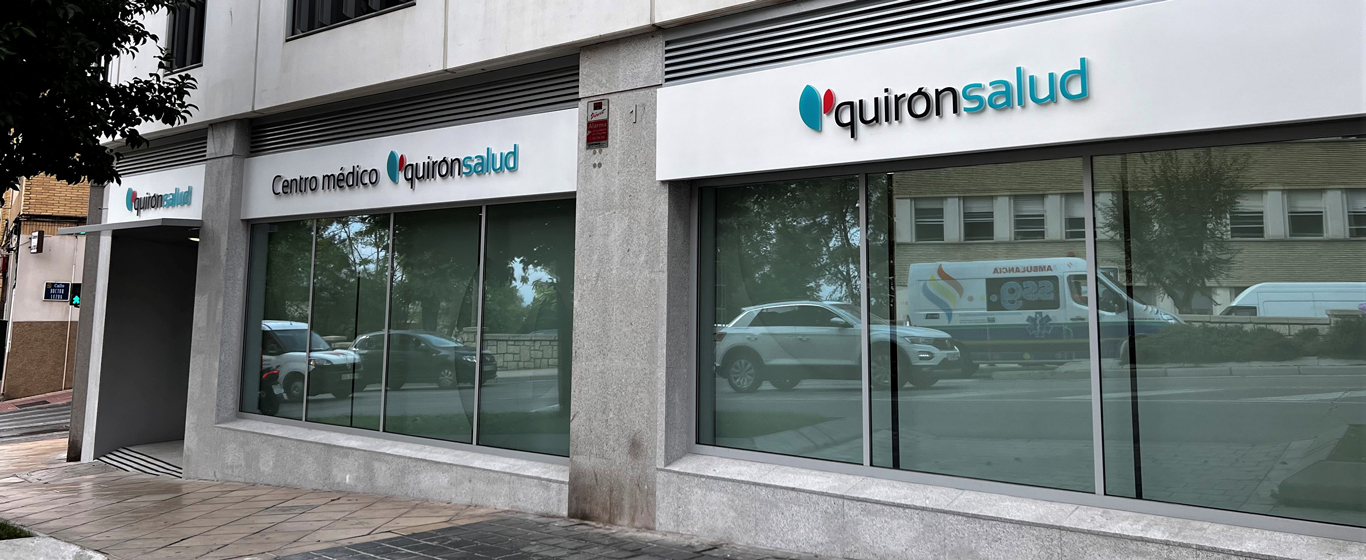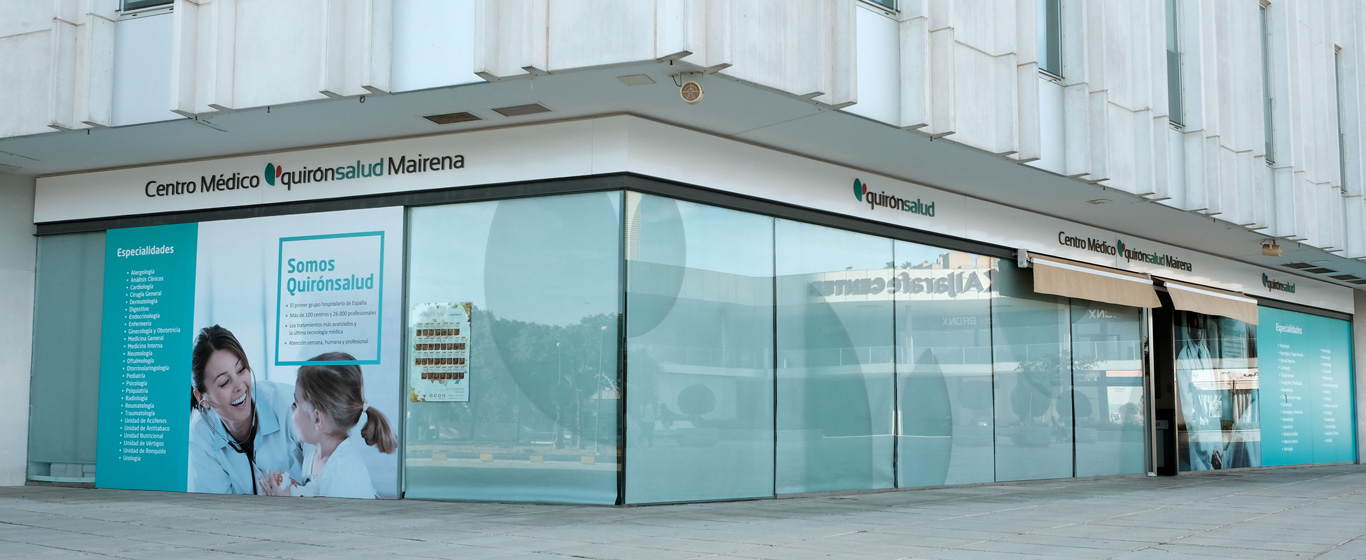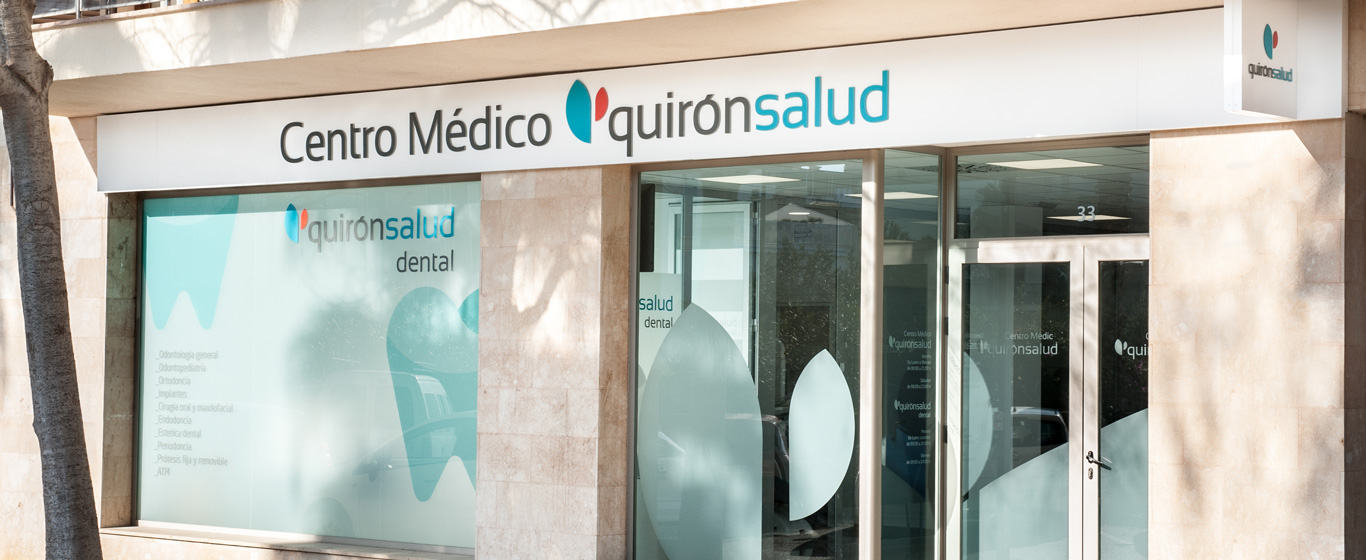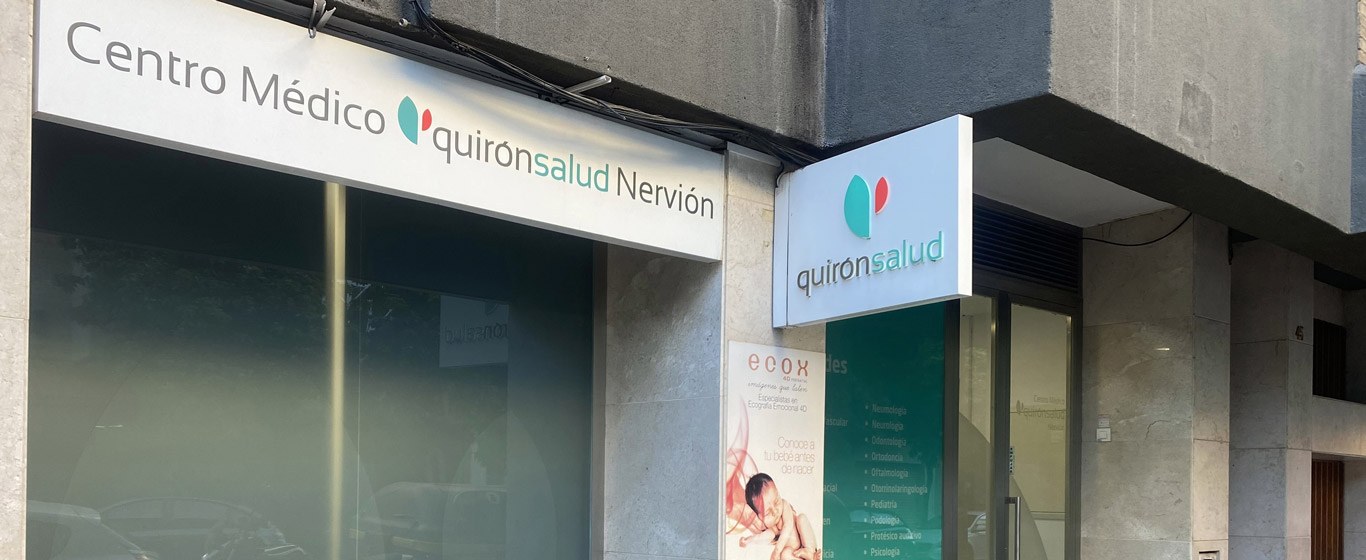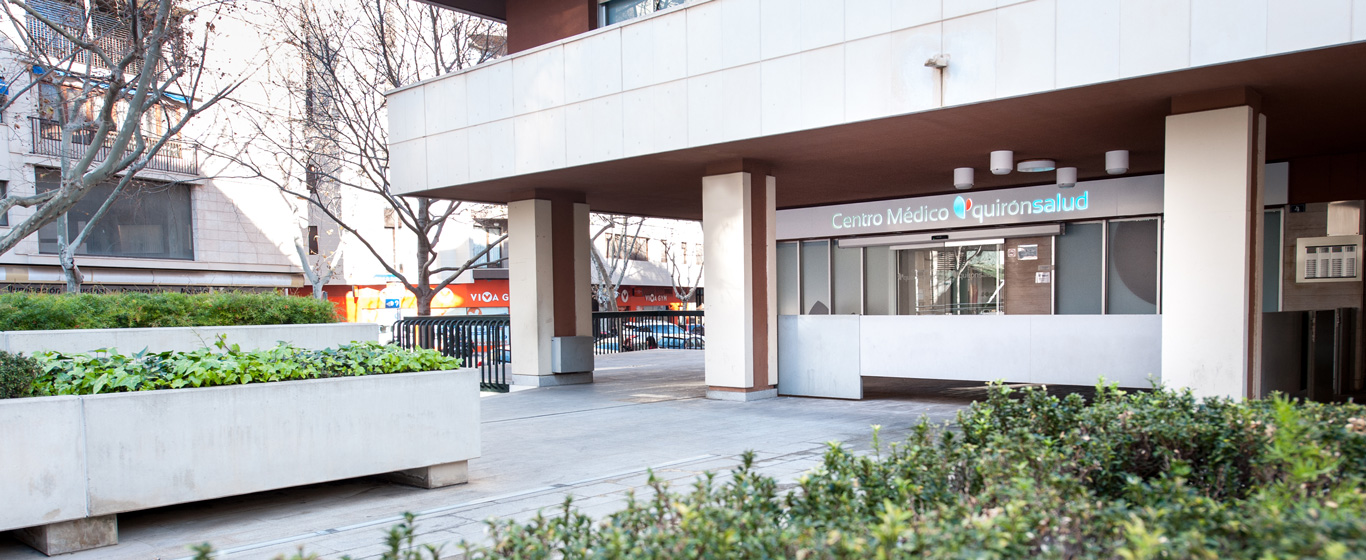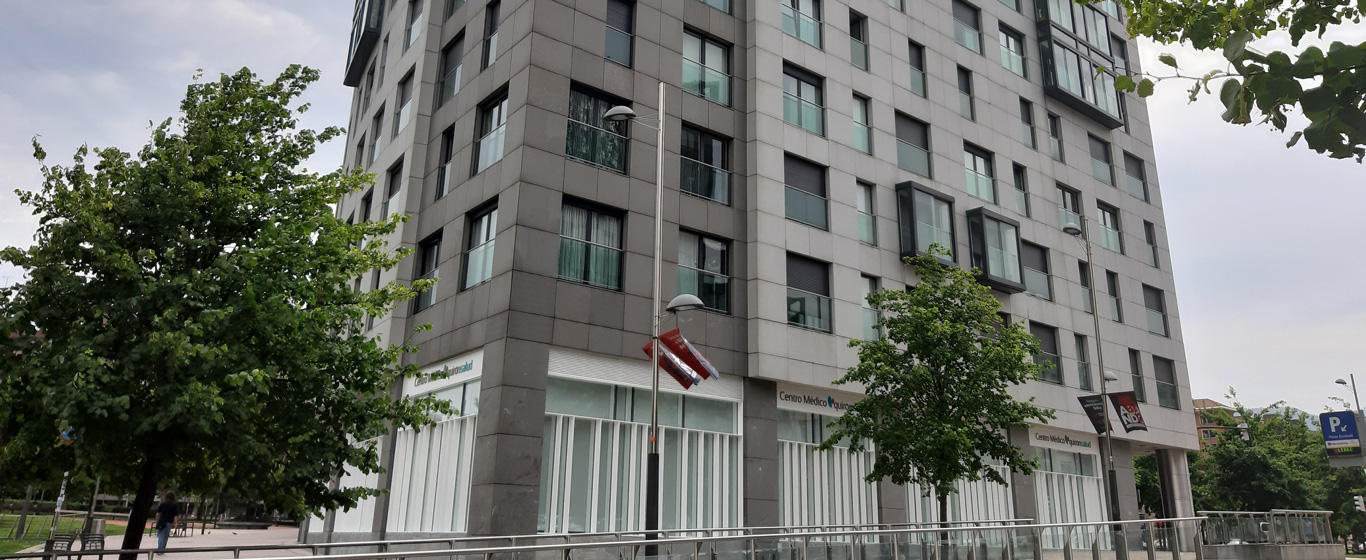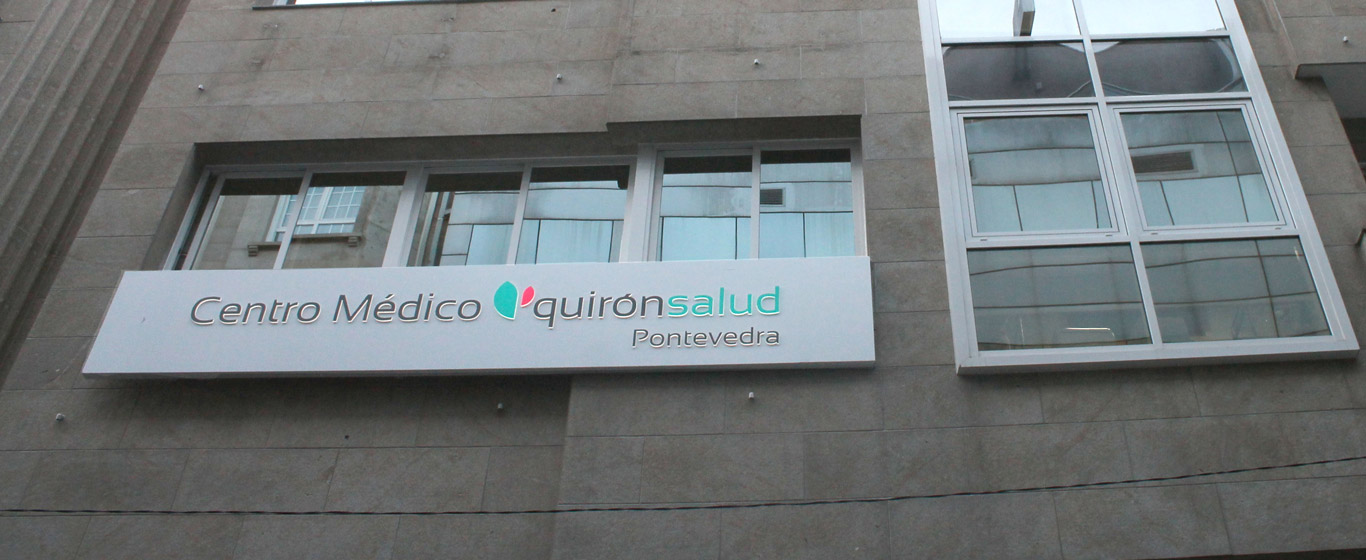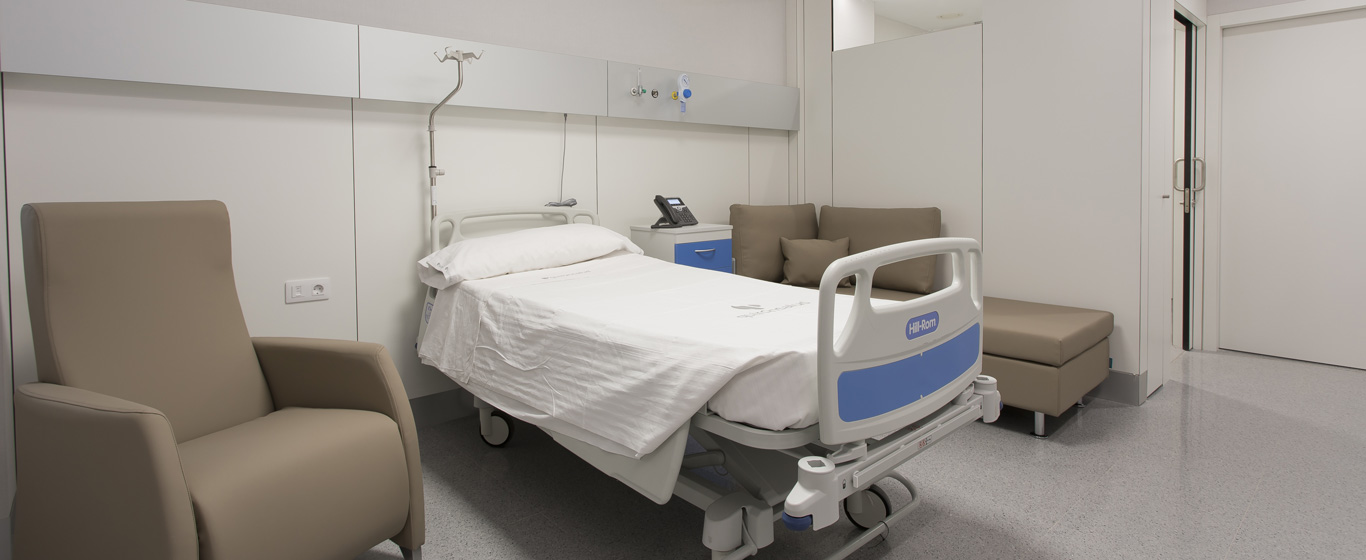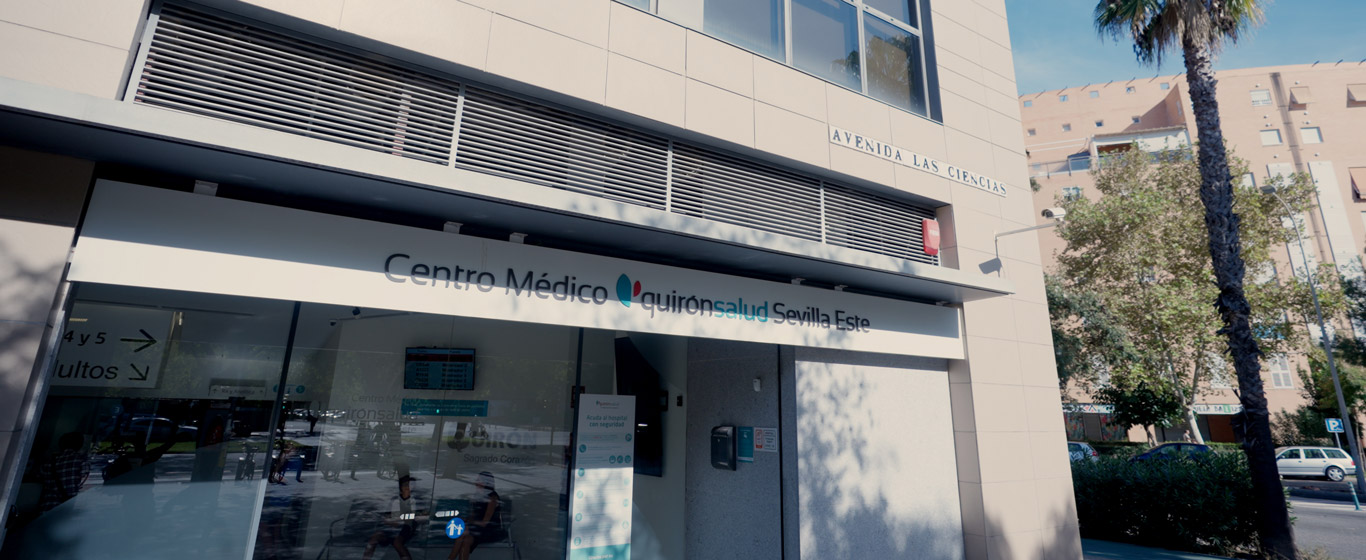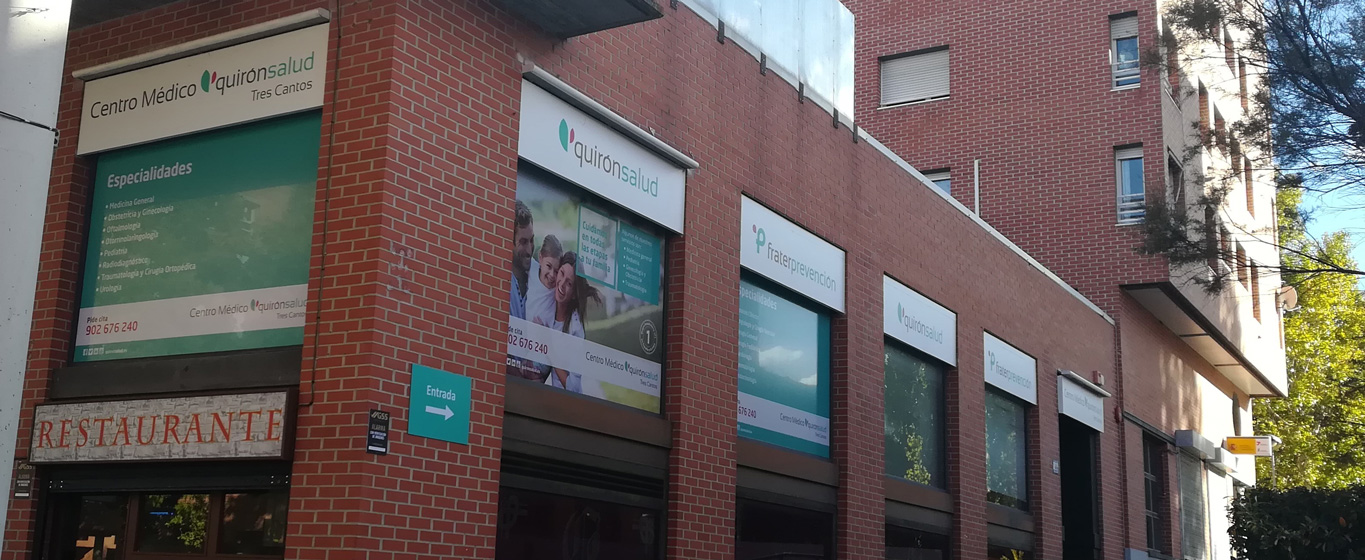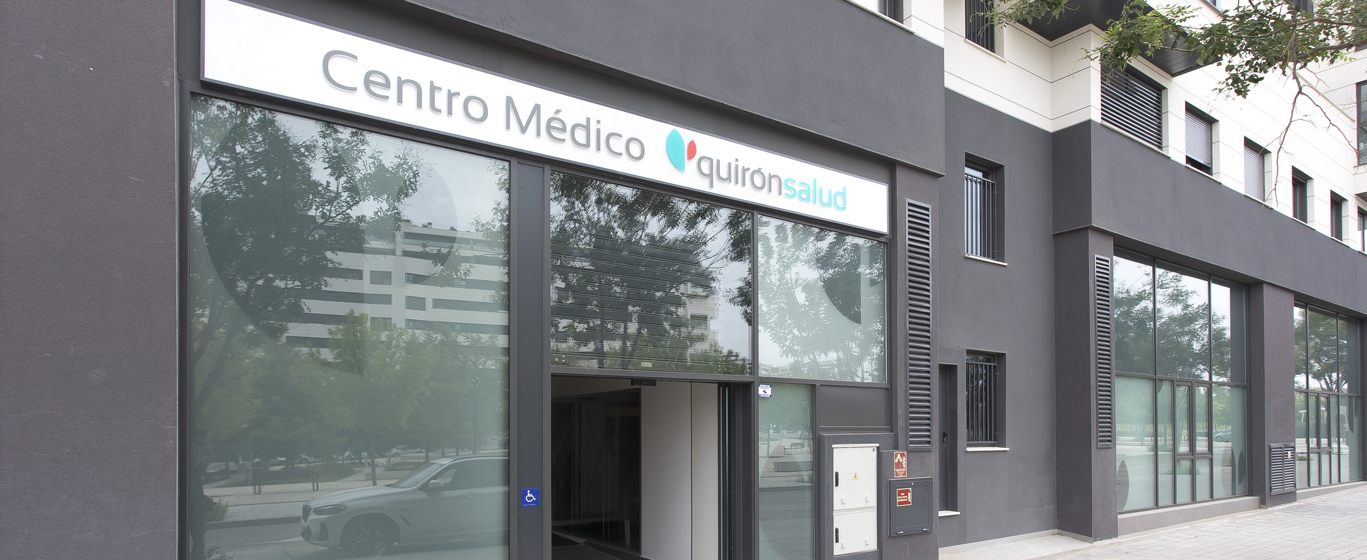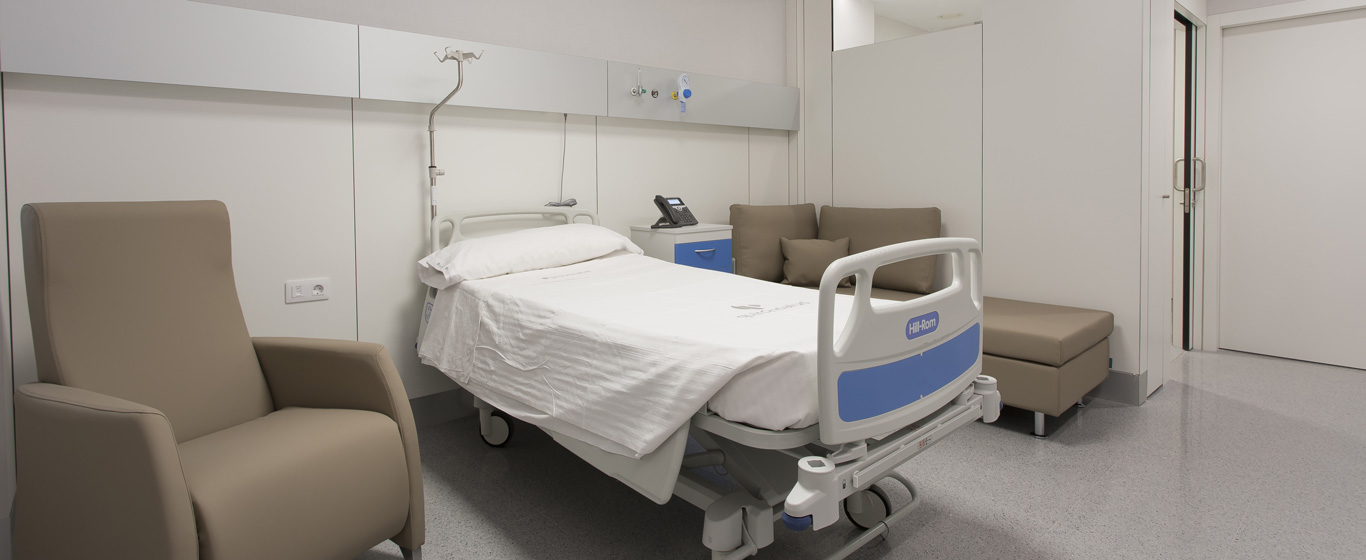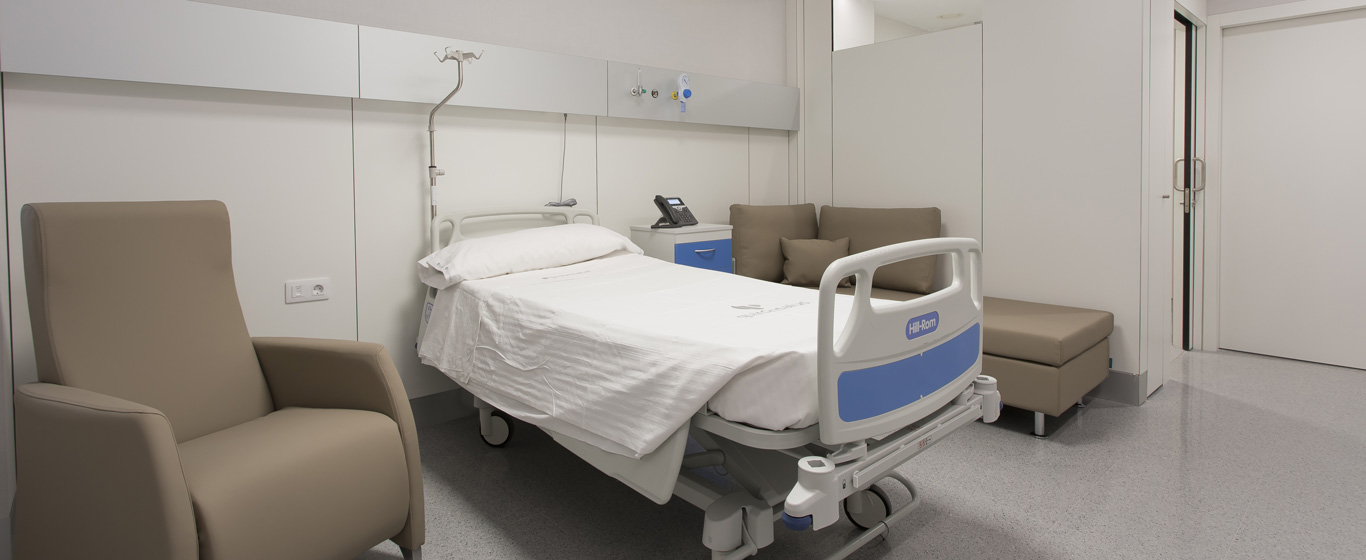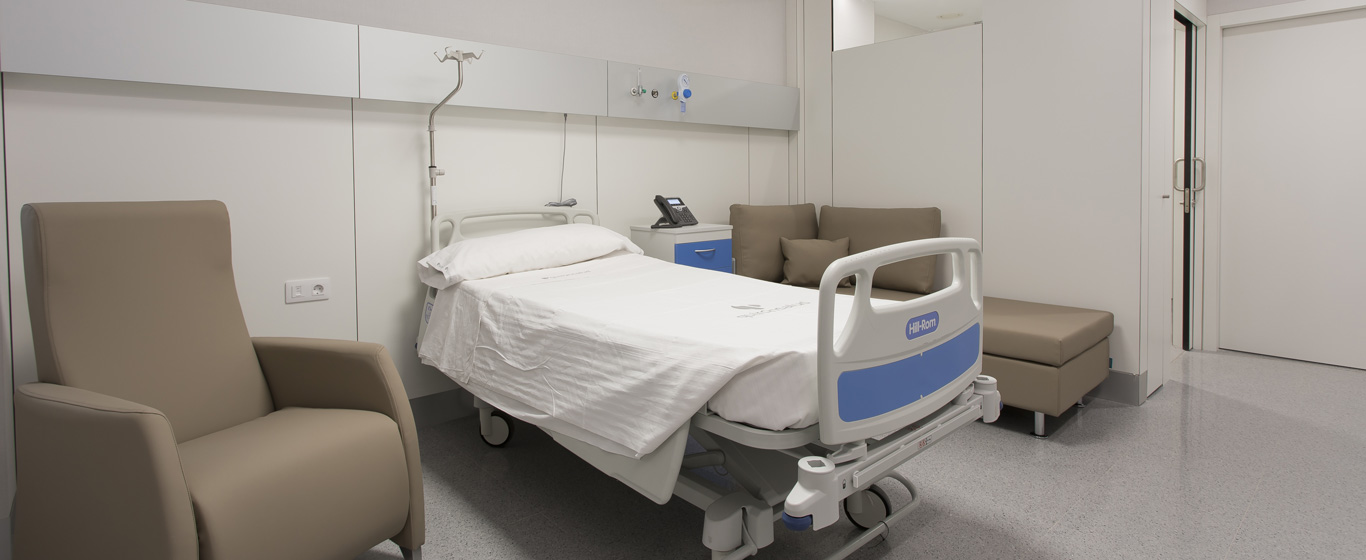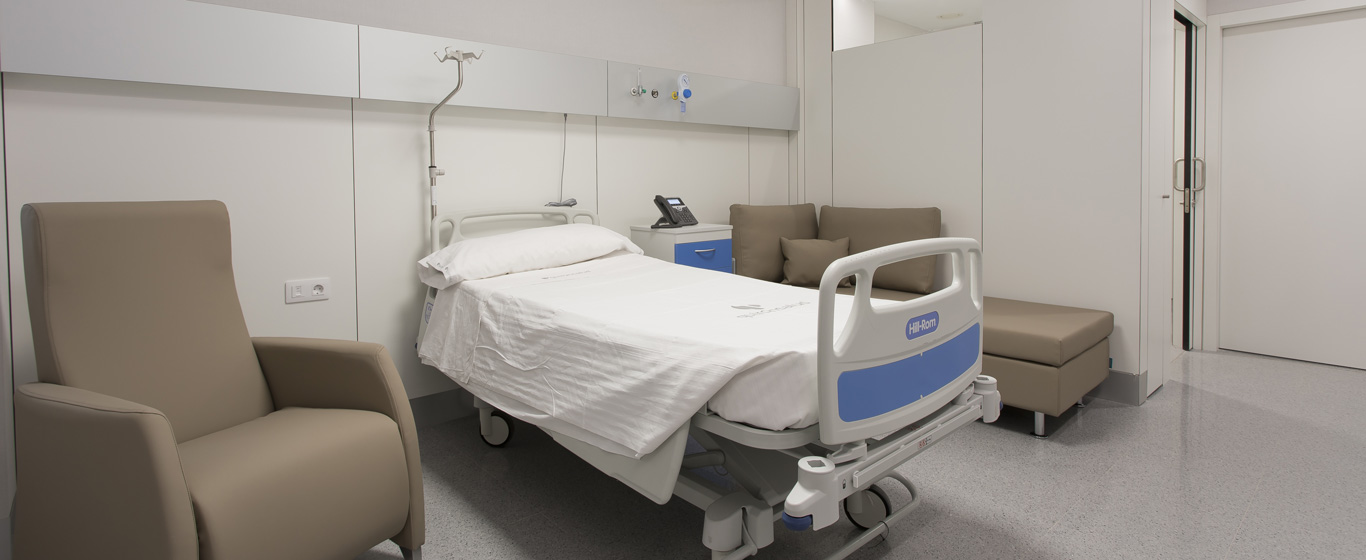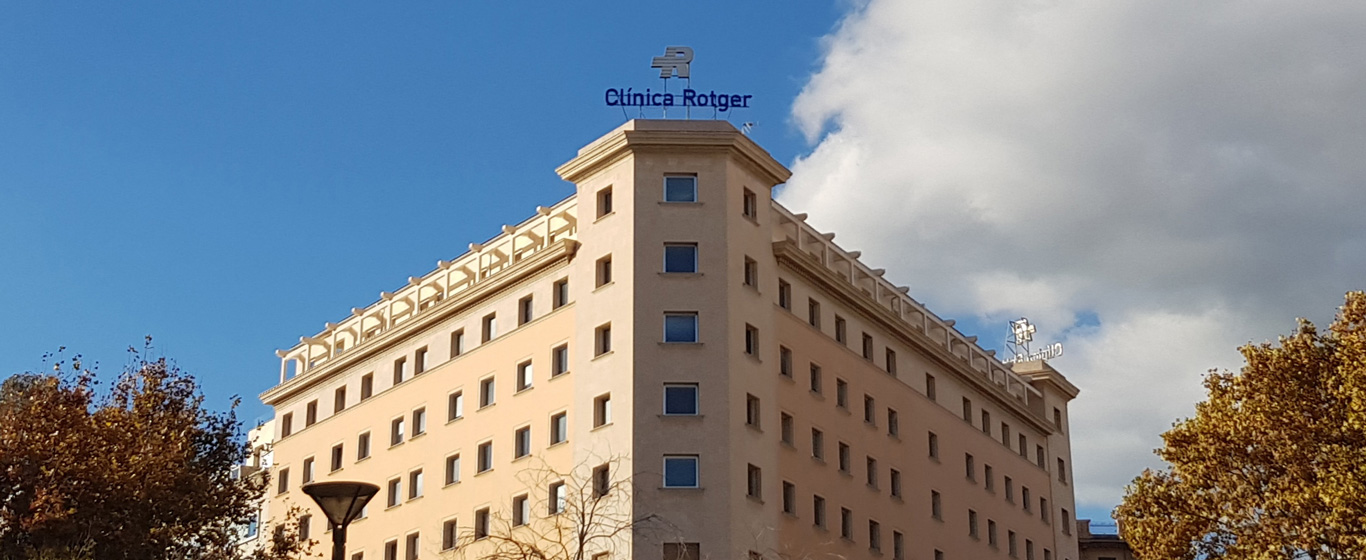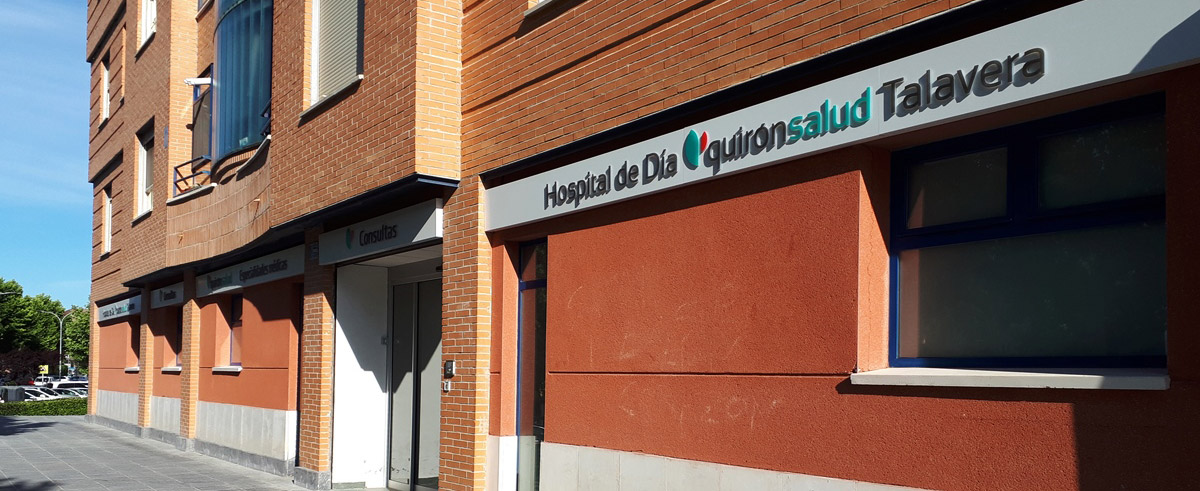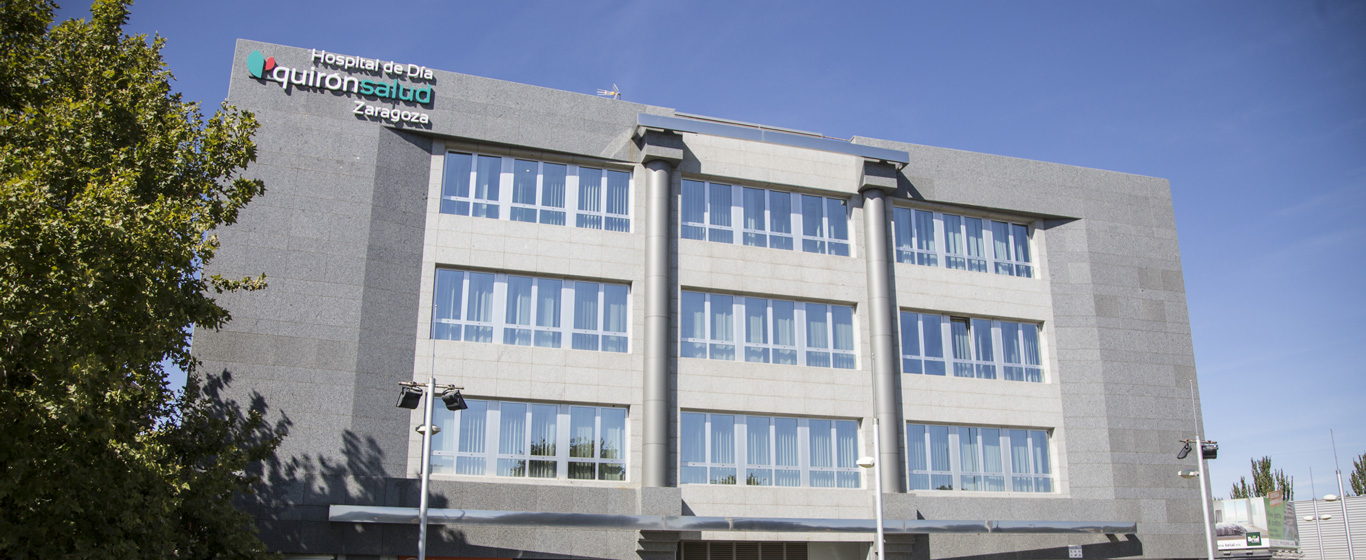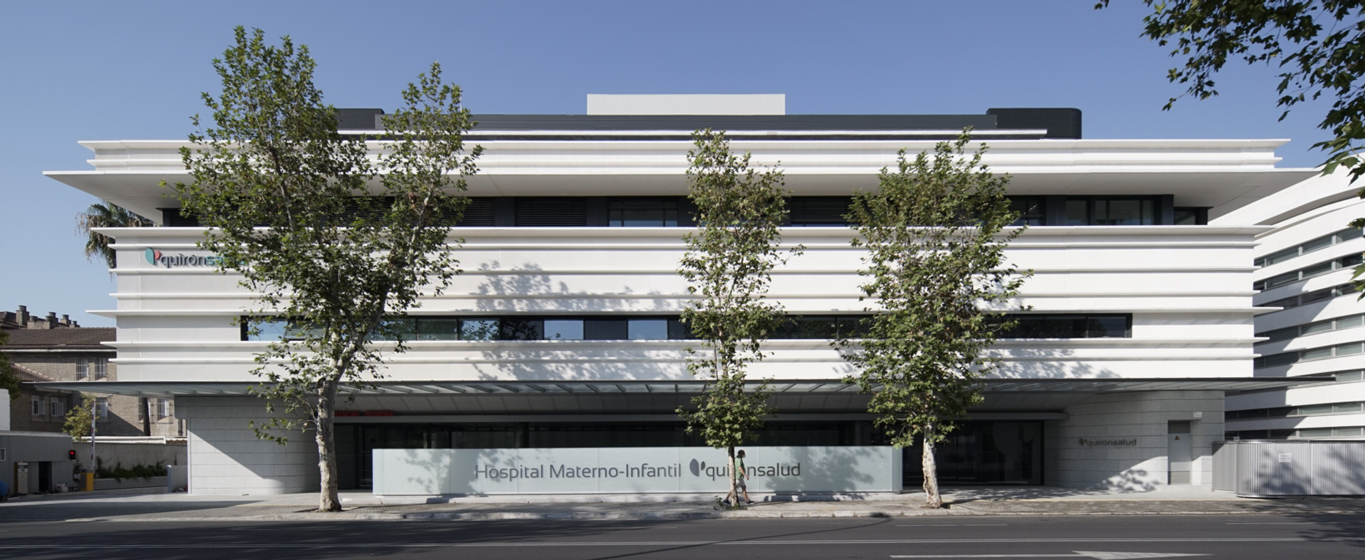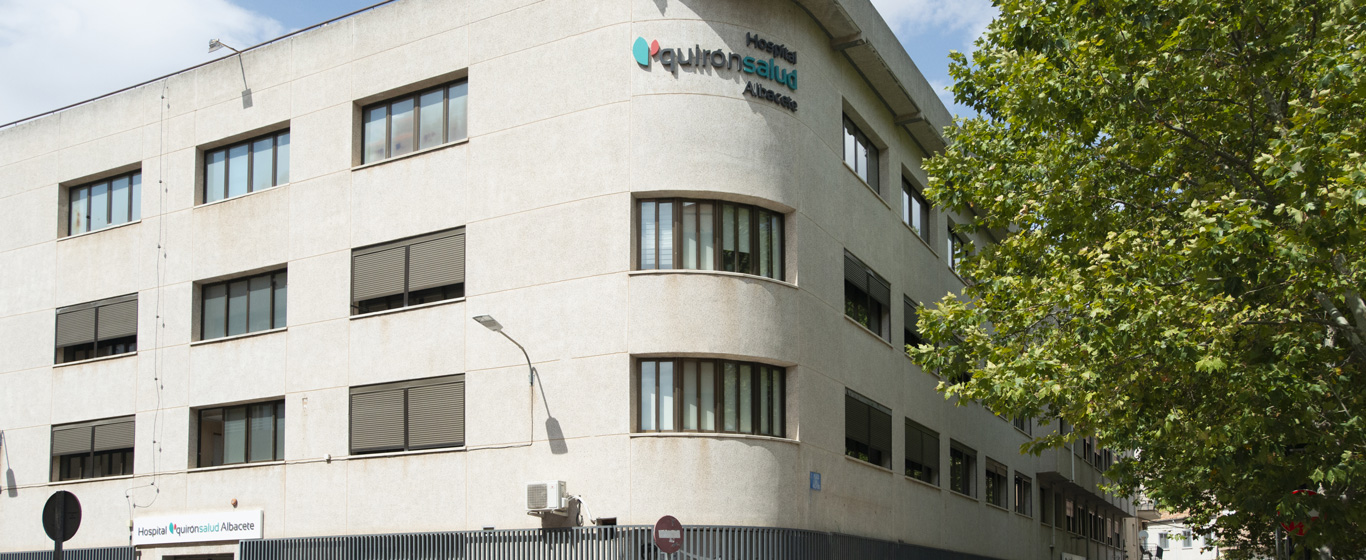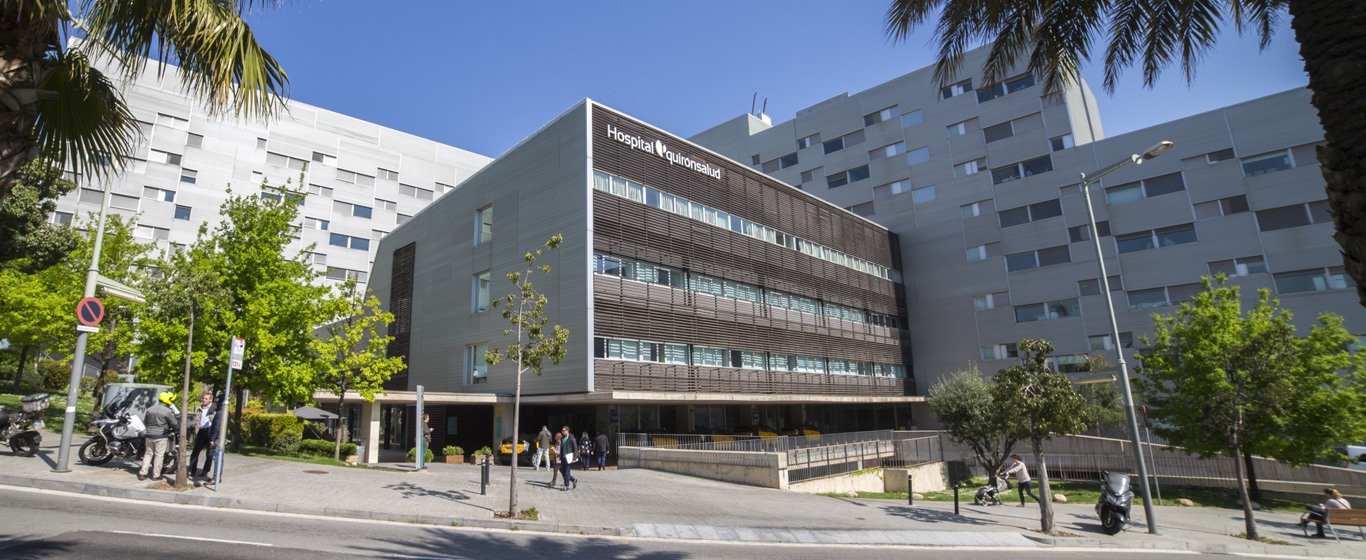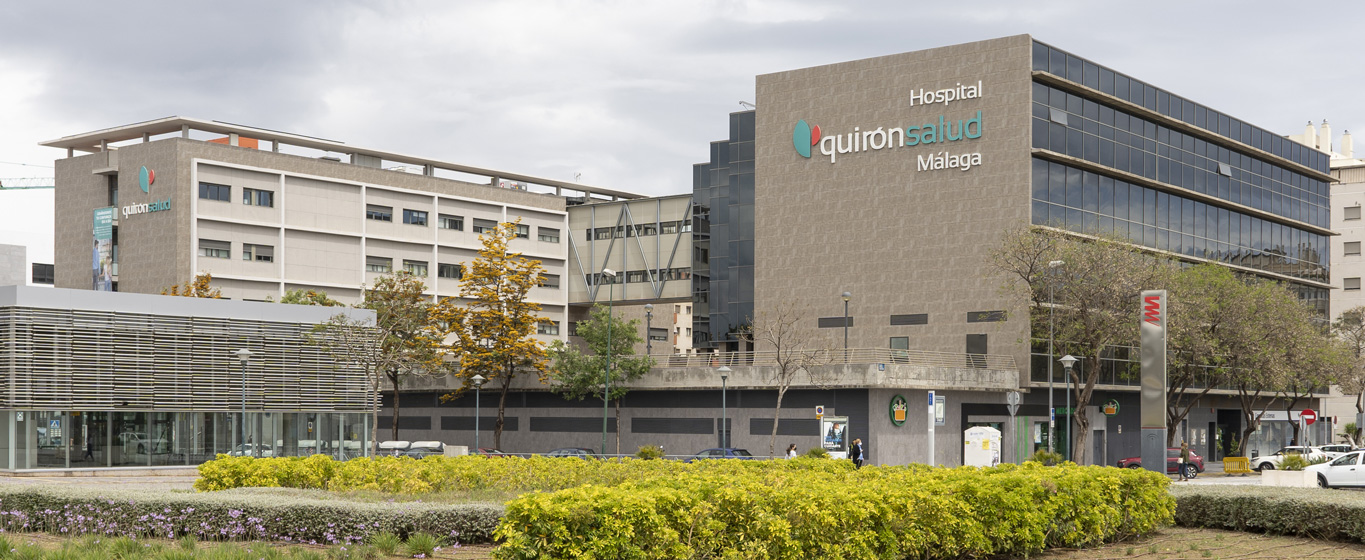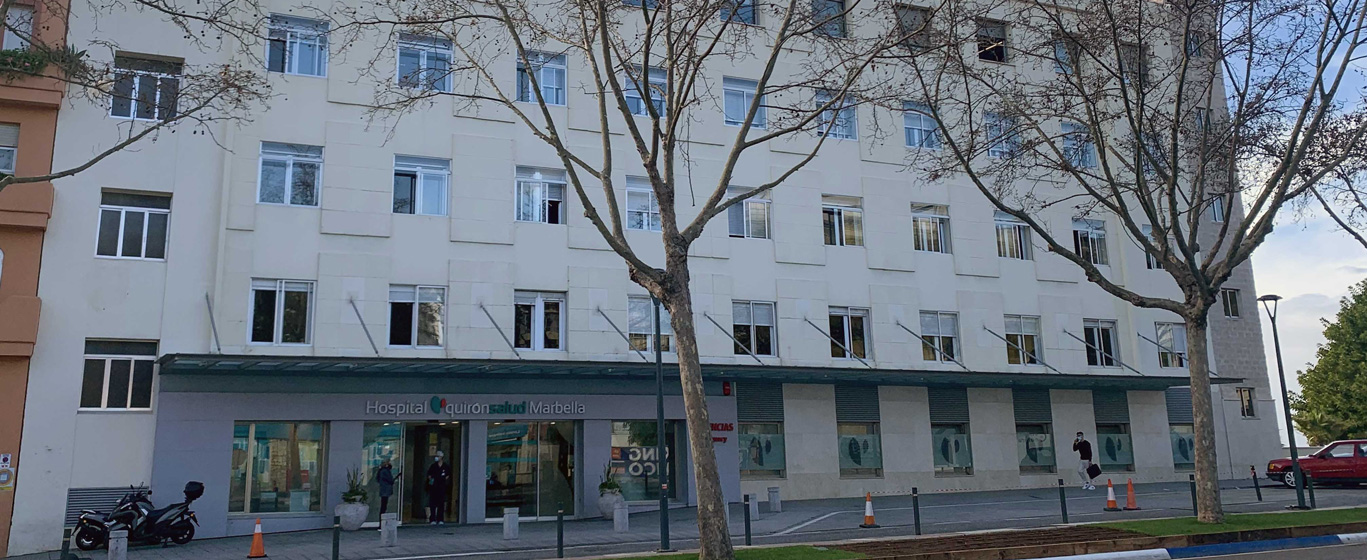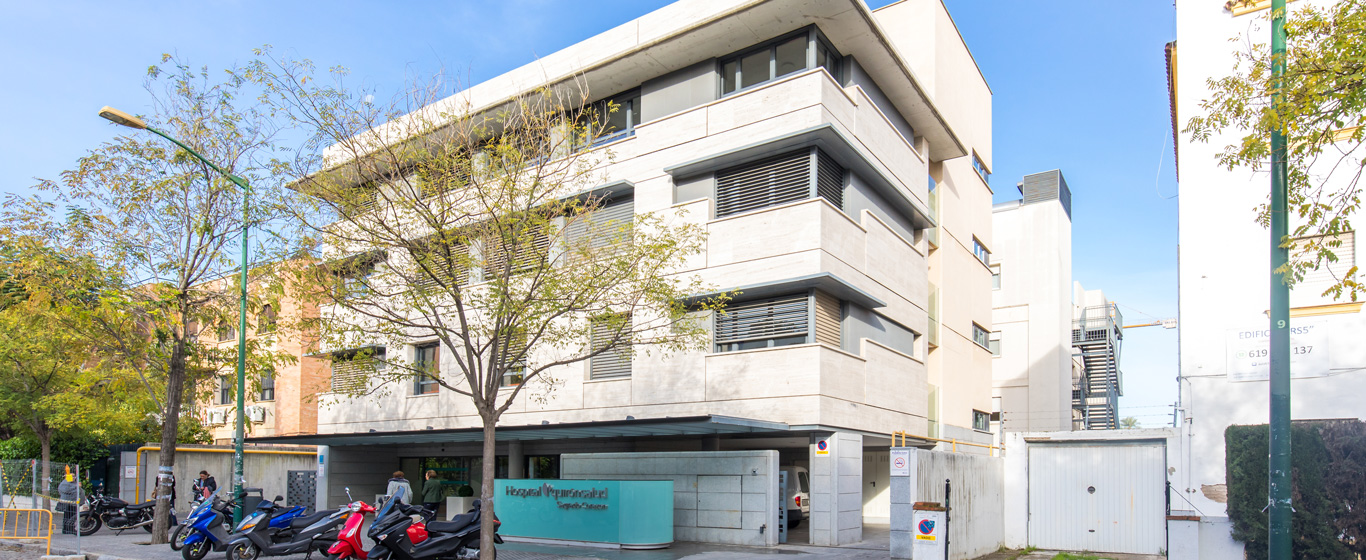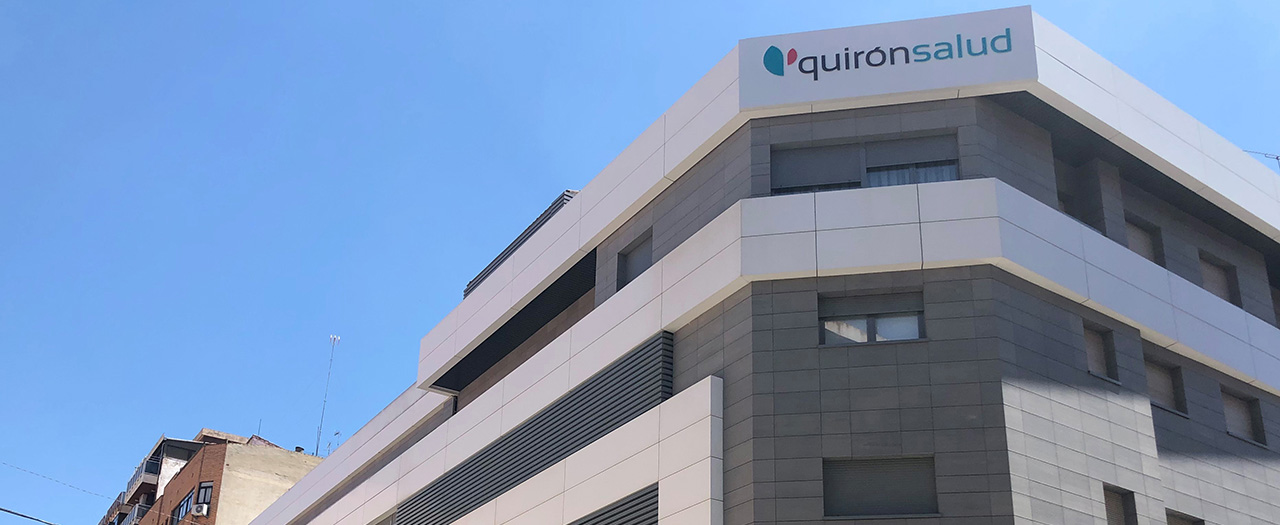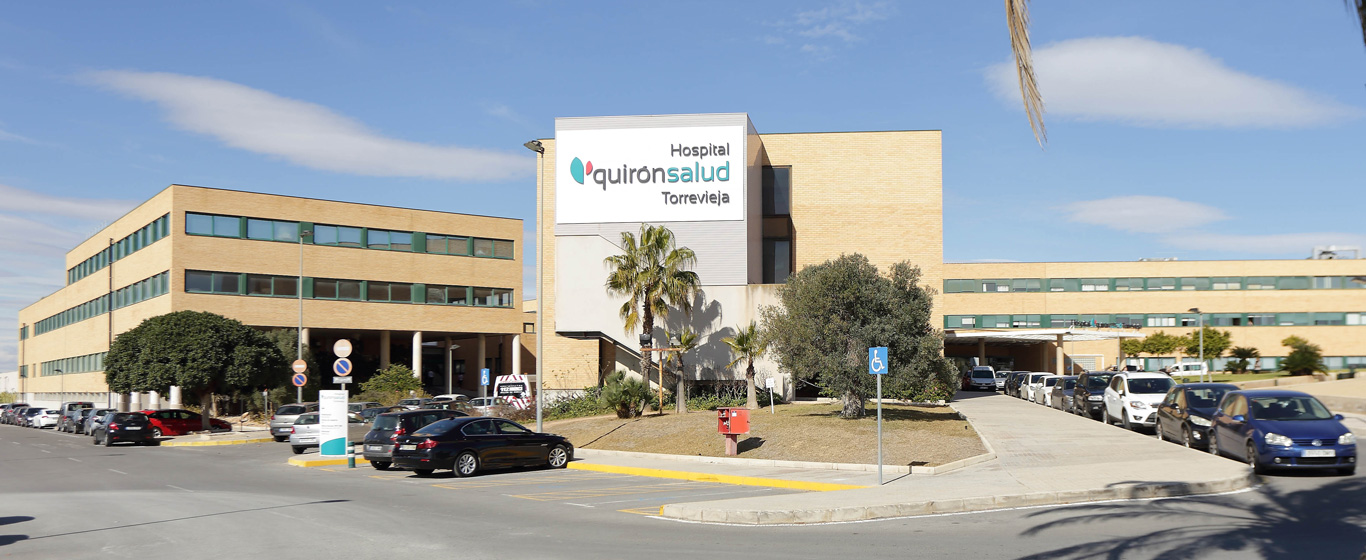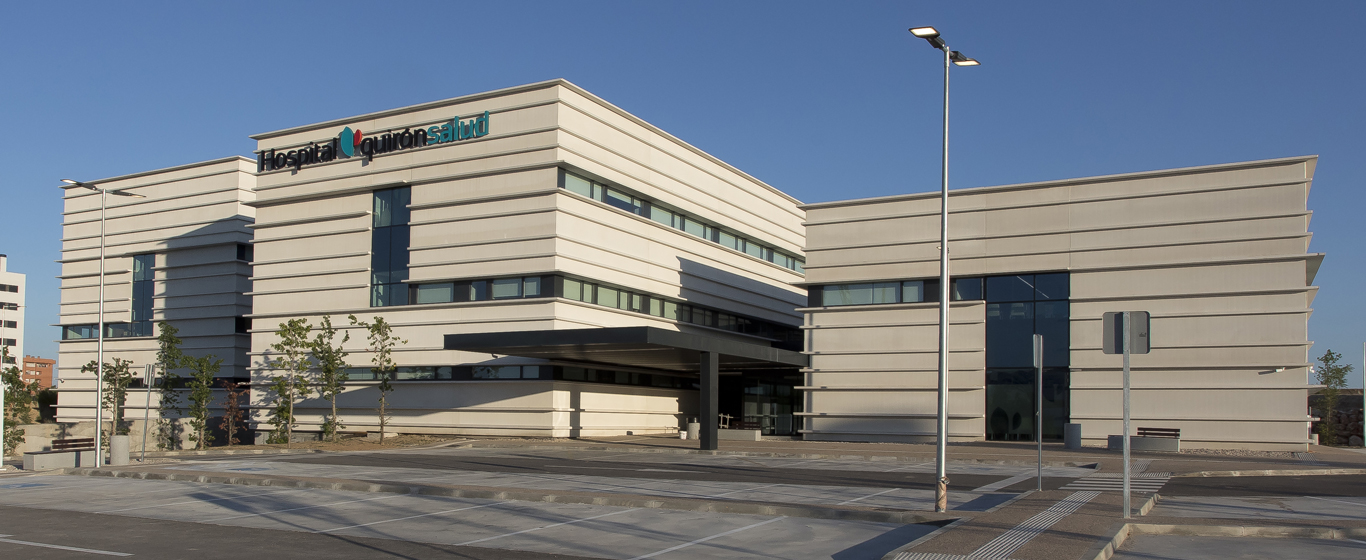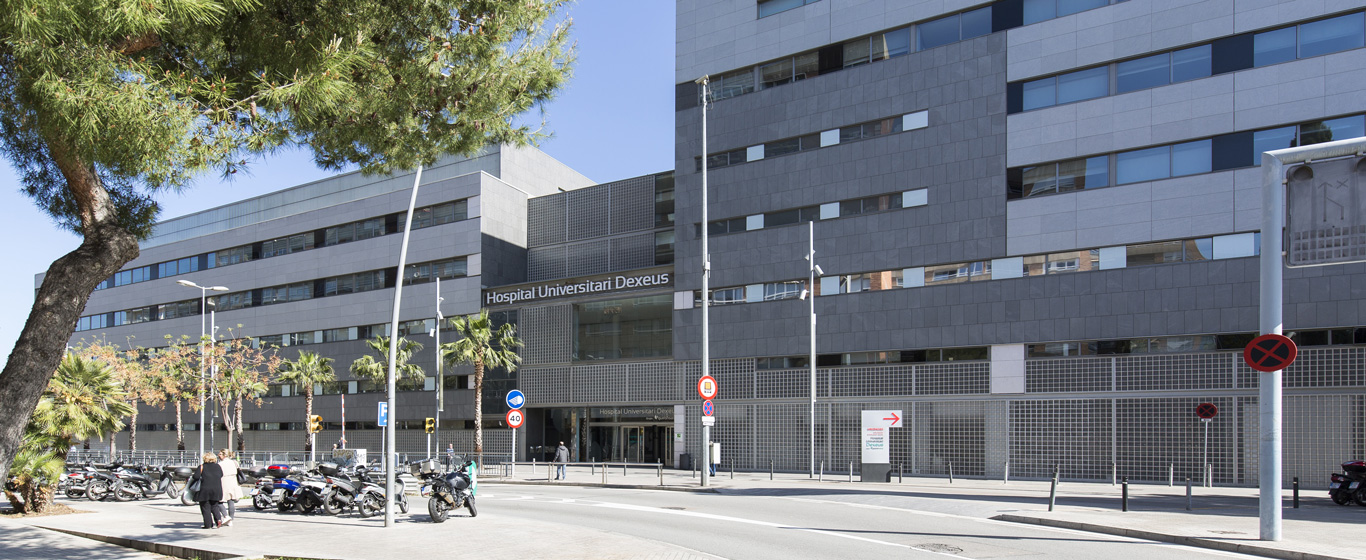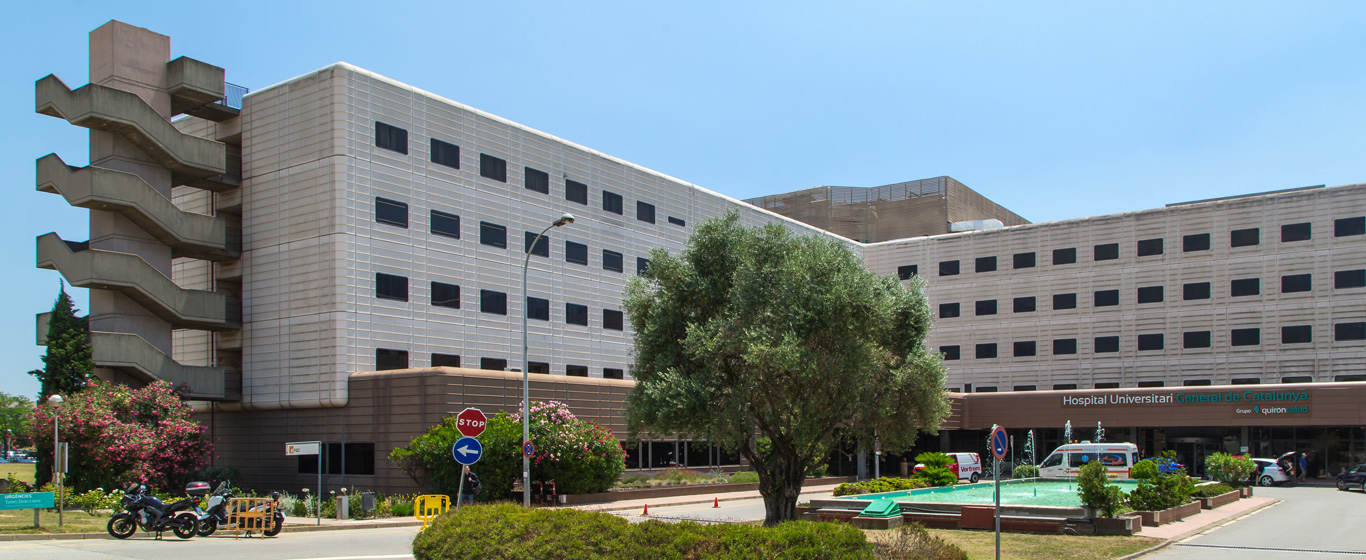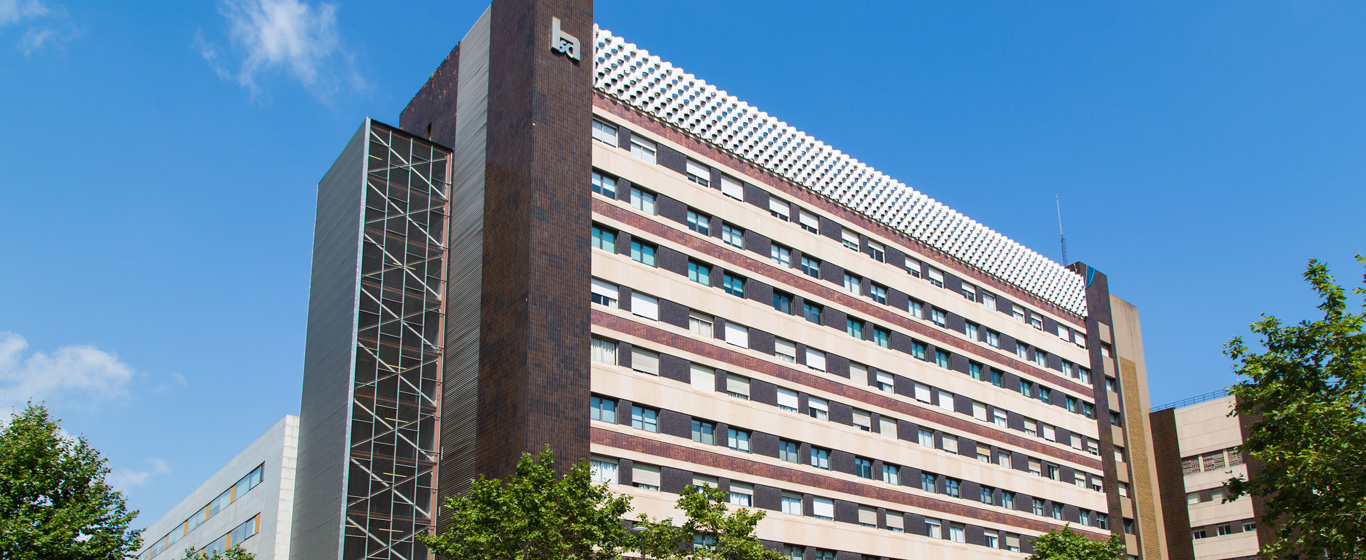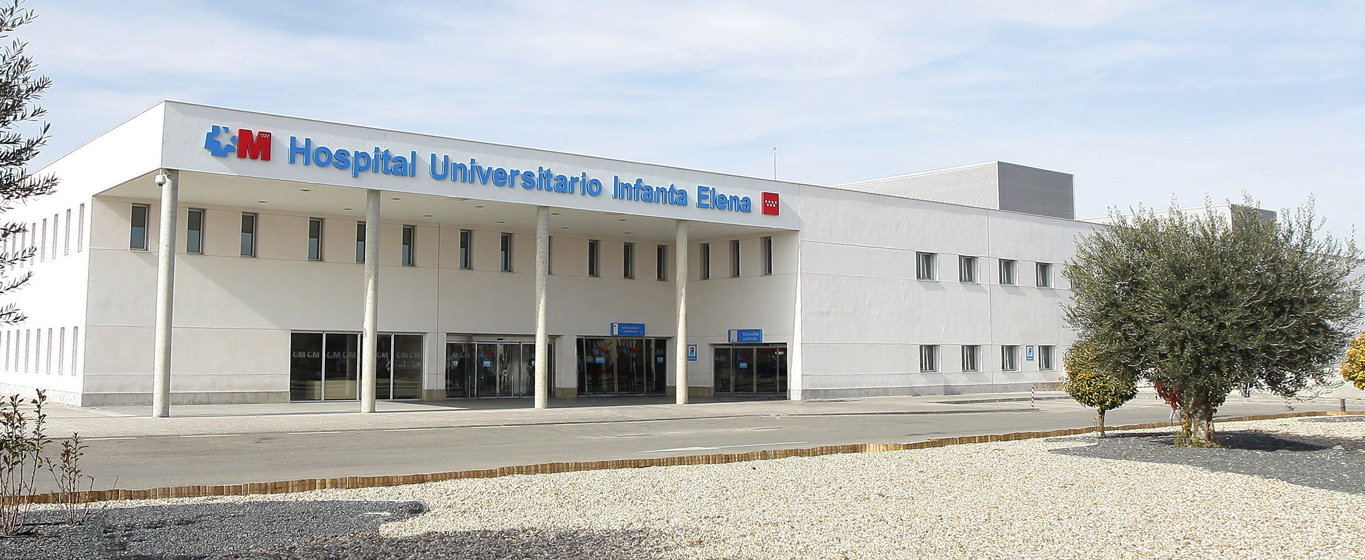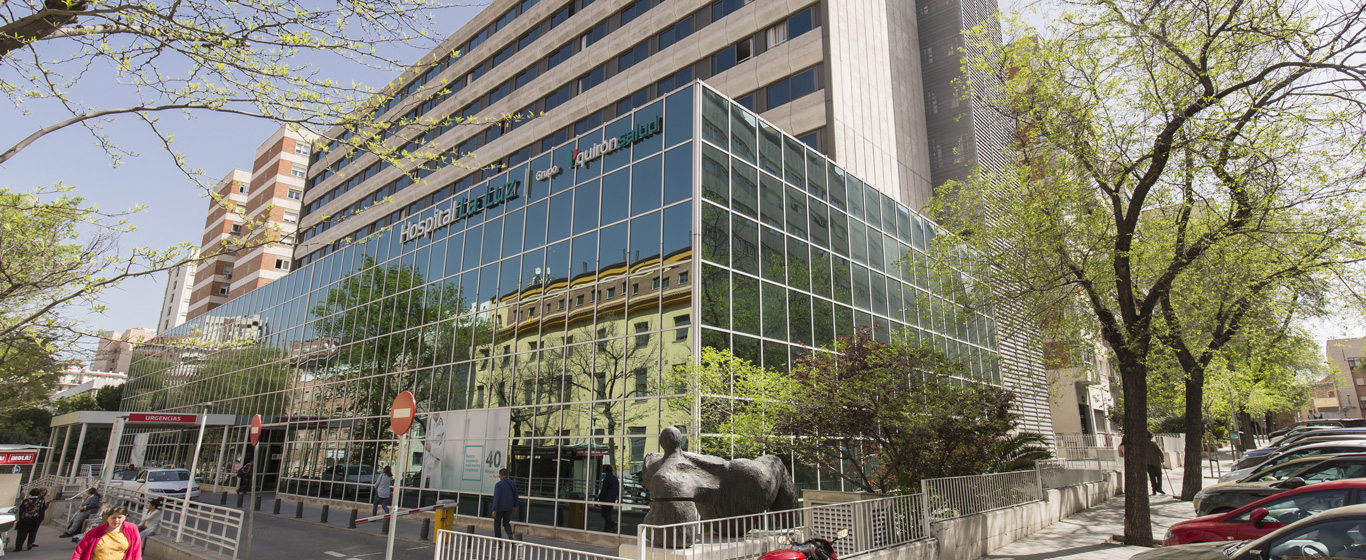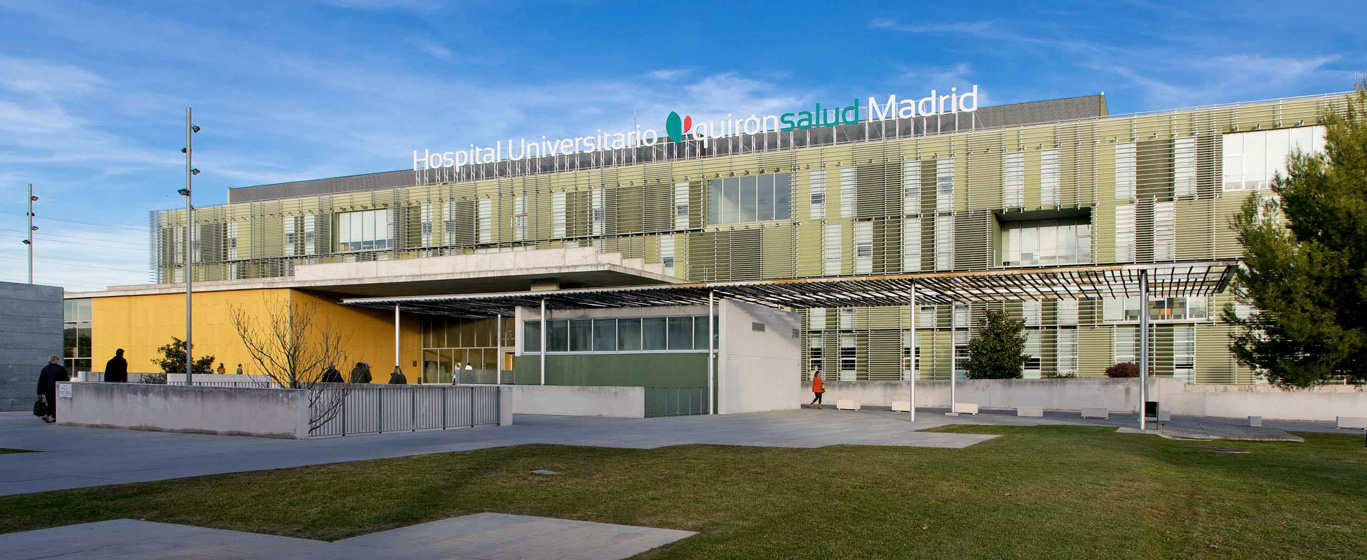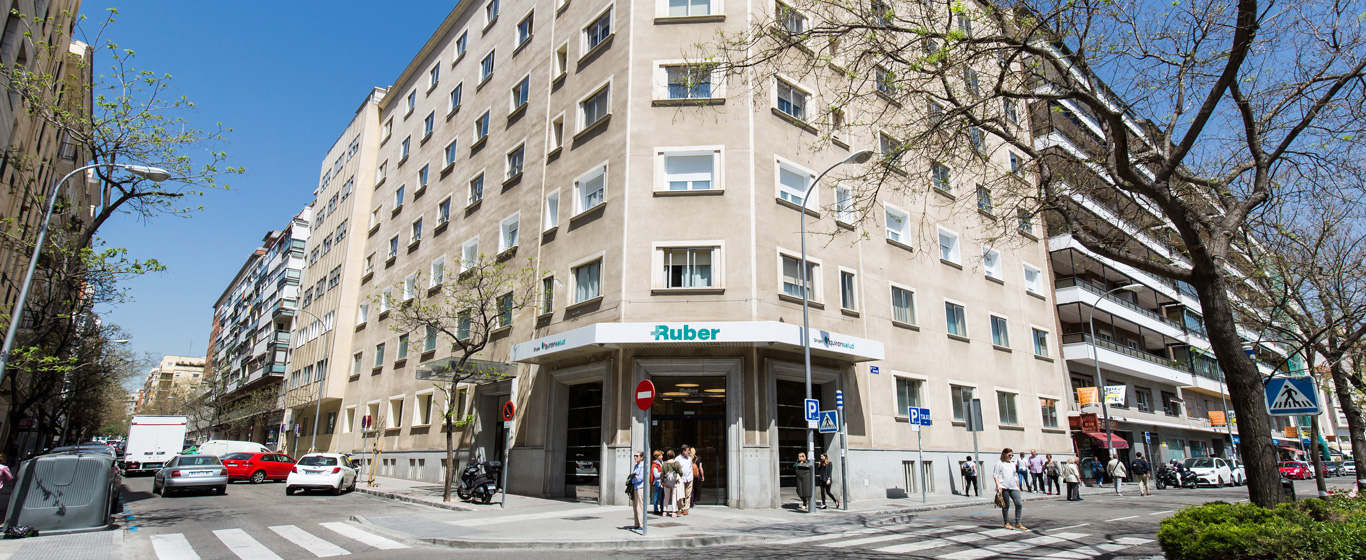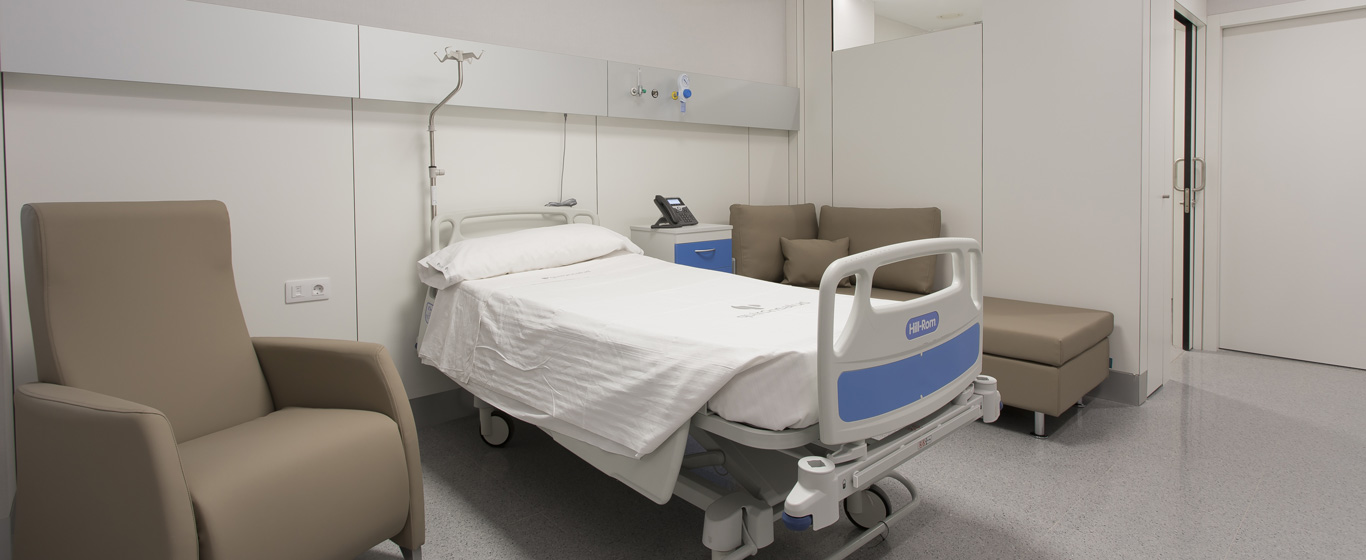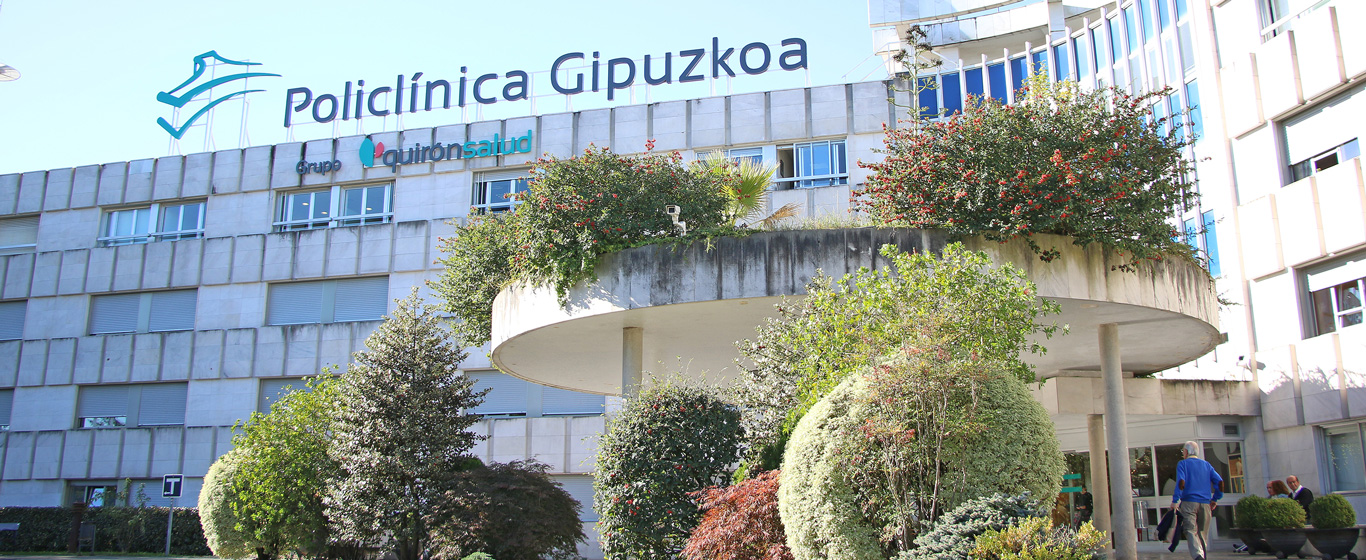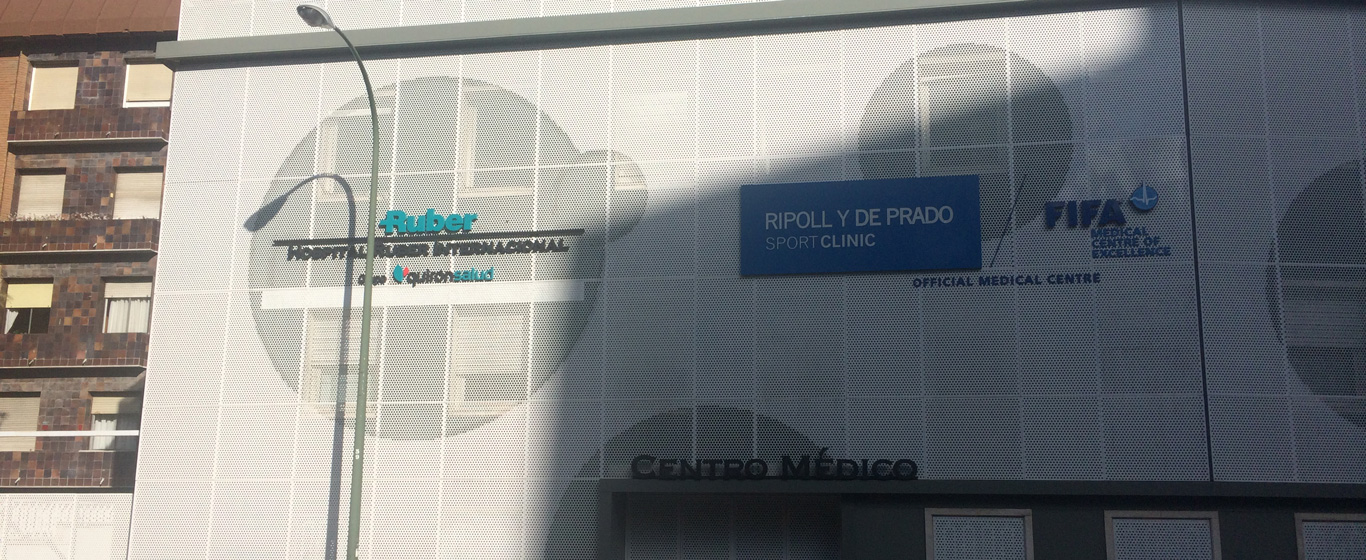Sinusitis
What is sinusitis? Tips to relieve it and key information about its causes, symptoms, and common treatments.
Symptoms and Causes
Sinusitis occurs when the mucosa lining the paranasal sinuses (the air-filled spaces surrounding the nasal cavity) becomes inflamed. It is usually caused by a nasal infection, which is why it is commonly known as rhinosinusitis.
Depending on the duration of symptoms, sinusitis can be classified into four types:
- Acute sinusitis: The nasal cavities become inflamed, preventing proper mucus drainage and causing mucus buildup. As a result, there is pain or pressure around the eyes, nose, cheeks, or forehead. With appropriate treatment, it typically resolves within seven to ten days.
- Subacute sinusitis: Inflammation and congestion persist for one to three months.
- Chronic sinusitis: Sinusitis symptoms last for three months or more.
- Recurrent sinusitis: Several episodes of acute sinusitis occur within a year.
In most cases, rhinosinusitis is caused by a common cold. Therefore, it is a viral disease that usually resolves on its own without the need for treatment, unless it becomes complicated by a bacterial infection.
Symptoms
Regardless of the type of sinusitis, the symptoms remain the same. The most common include:
- Rhinorrhea or nasal discharge
- Congestion and difficulty breathing
- Thick mucus
- Anosmia or loss of smell
- Cough, which may worsen at night
- Facial pain or pressure, particularly around the nose and eyes, as well as in the forehead and cheeks
In some cases, additional symptoms may occur, such as fever, fatigue, facial pain, bad breath, or headaches.
Causes
The primary cause of sinusitis is usually a cold resulting from a viral infection. In some cases, however, it may be caused by bacteria.
Risk Factors
Rhinosinusitis can affect people of all ages. However, certain conditions increase the risk of developing it, such as:
- Recurrent respiratory infections
- Allergic rhinitis
- Structural abnormalities: deviated nasal septum, nasal polyps, and cysts
- Smoking or exposure to tobacco smoke
- Cystic fibrosis, due to the production of thicker mucus
- Immune system disorders
Complications
Sinusitis complications are rare. However, when they occur, they may lead to chronic rhinosinusitis, cellulitis, cavernous sinus thrombosis, meningitis, or osteomyelitis.
Prevention
Preventive measures to avoid sinusitis include:
- Avoiding contact with people who have colds
- Washing hands frequently
- Quitting smoking
Which Doctor Treats Sinusitis?
Pediatricians, otolaryngologists, allergologists, and general practitioners diagnose and treat sinusitis.
Diagnosis
Sinusitis is typically diagnosed through patient history and physical examination, as symptoms are usually very clear.
If further evaluation is needed to rule out other conditions, additional tests may be performed, such as:
- Rhinoscopy: A visual examination of the inside of the nose using a nasal speculum and a light source.
- Nasal CT scan (Computed Tomography): Provides a detailed view of sinus occupancy and structural abnormalities.
- Nasal X-ray.
Treatment
In most cases, sinusitis resolves on its own, as the body eliminates the virus naturally. To relieve symptoms, it is recommended to:
- Get relative rest during the infection
- Humidify the environment
- Stay well-hydrated
When treatment is necessary, the most effective options include:
- Pain relievers to reduce discomfort
- Antibiotics for bacterial sinusitis
- Corticosteroids to reduce inflammation
- Nasal decongestants
- Allergy medications in cases of allergic sinusitis






